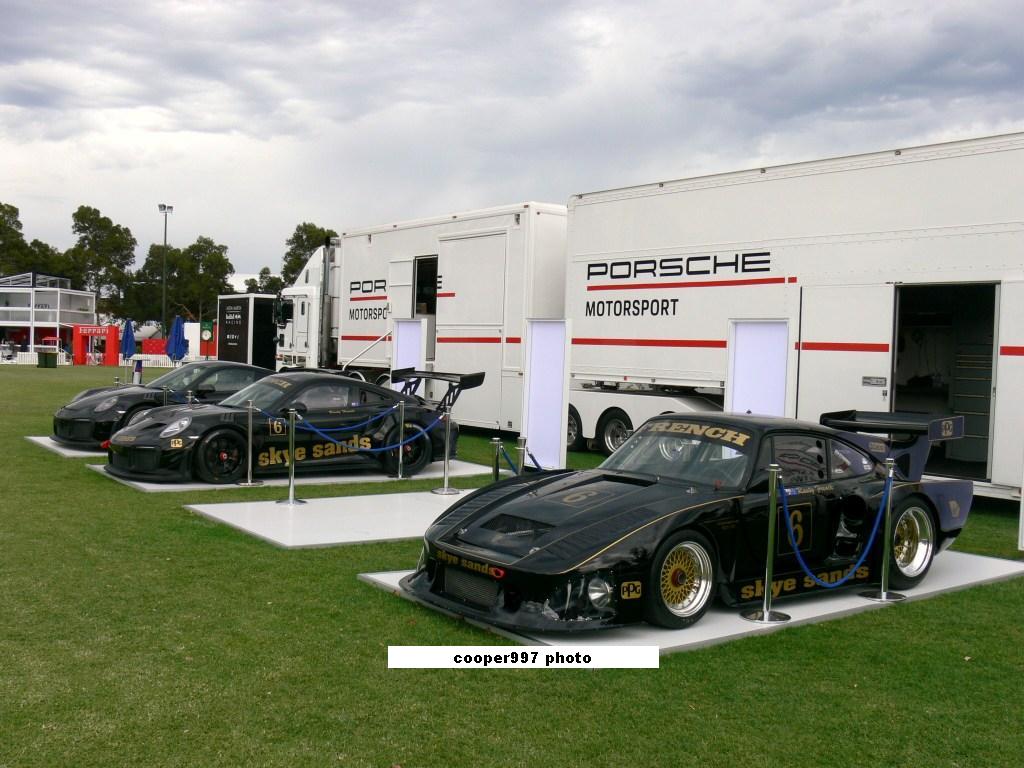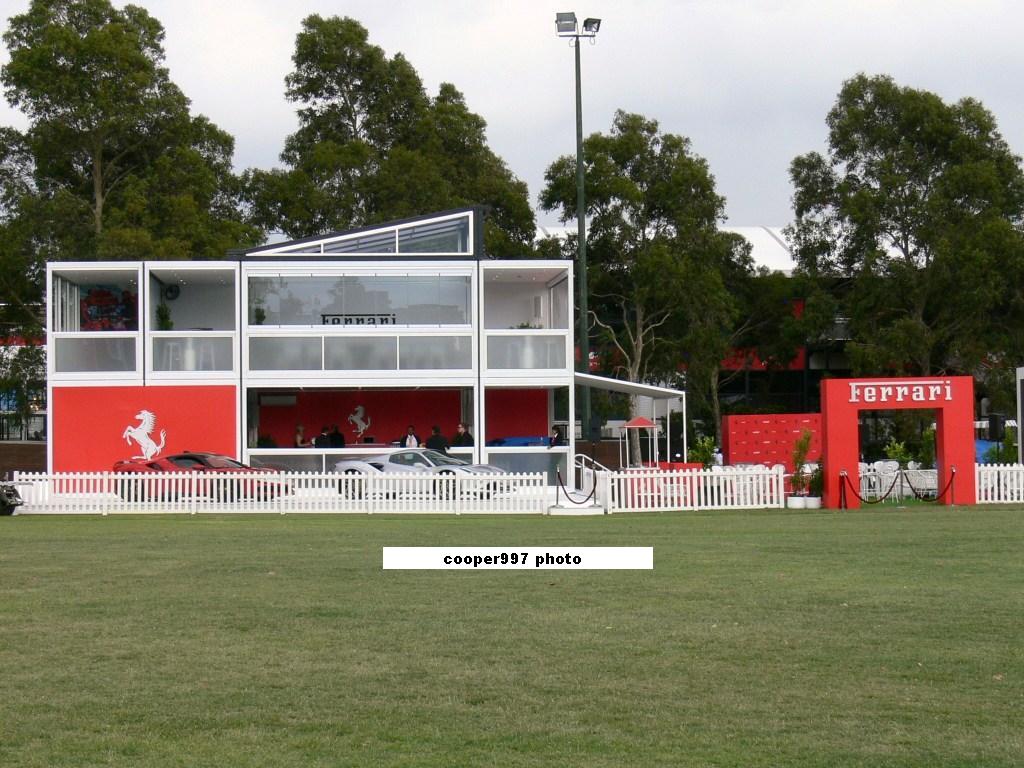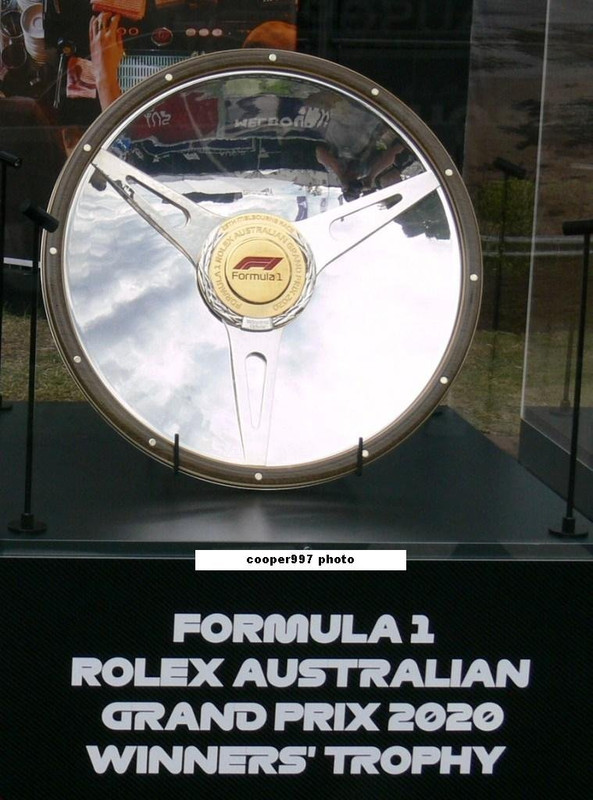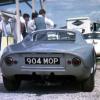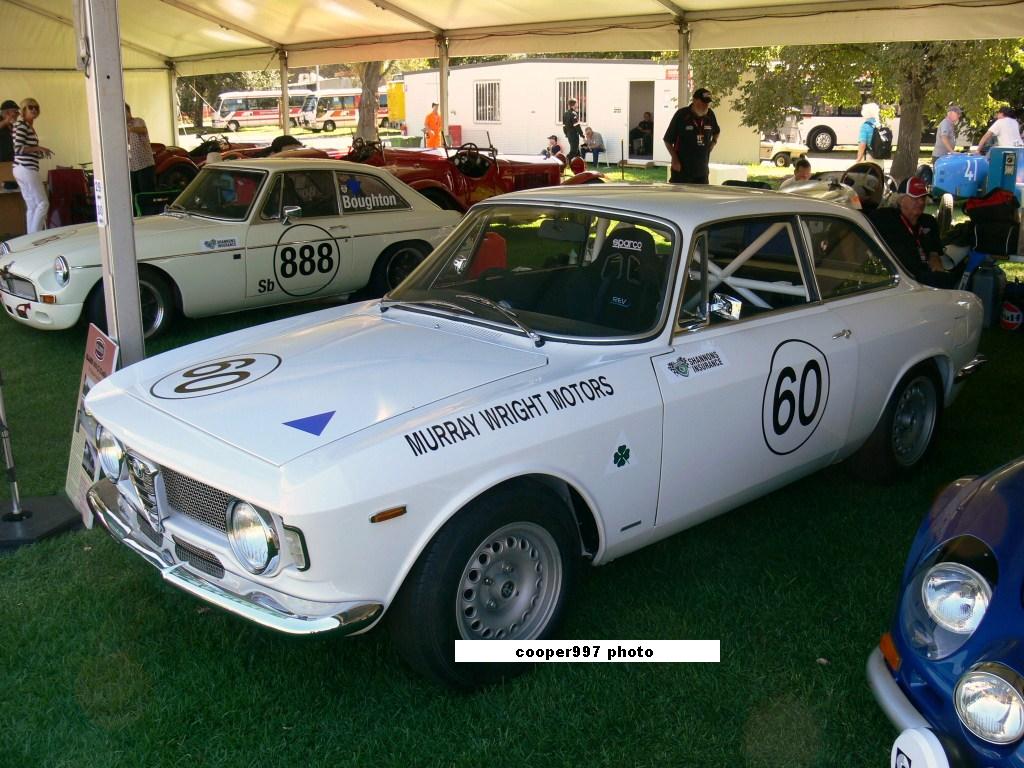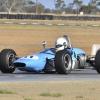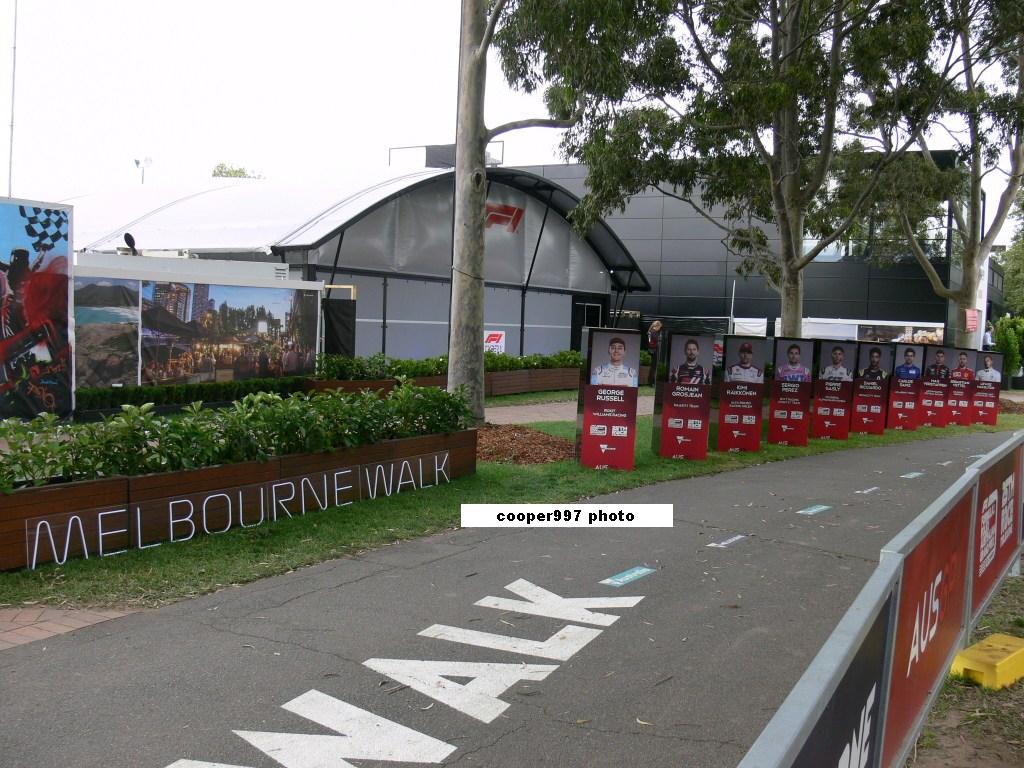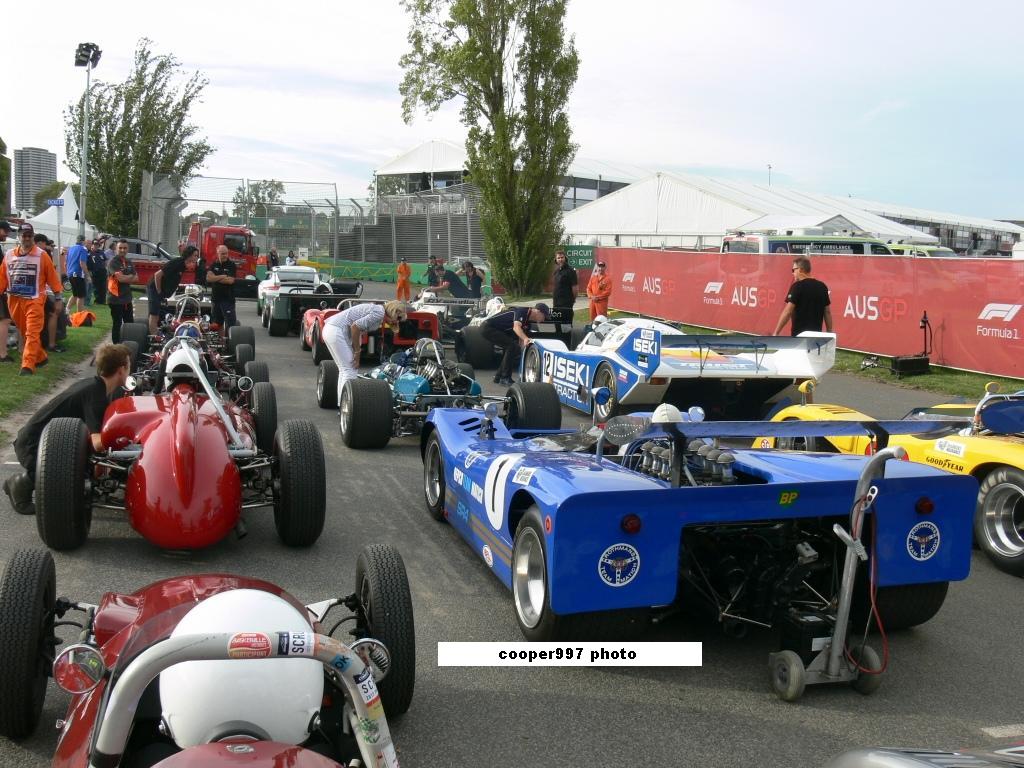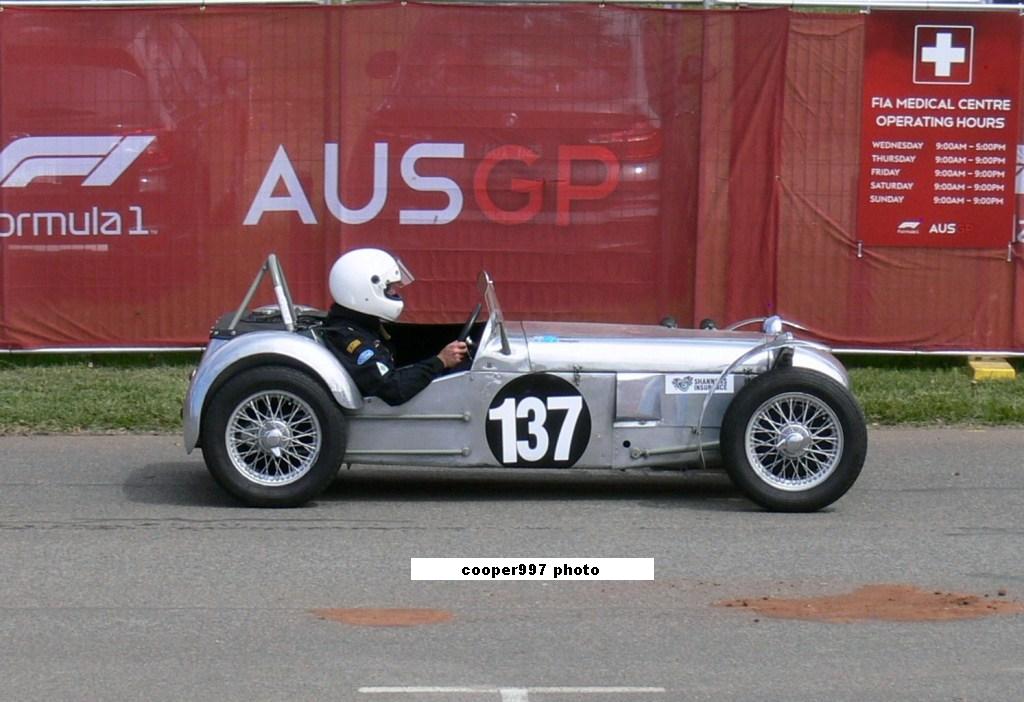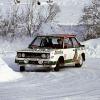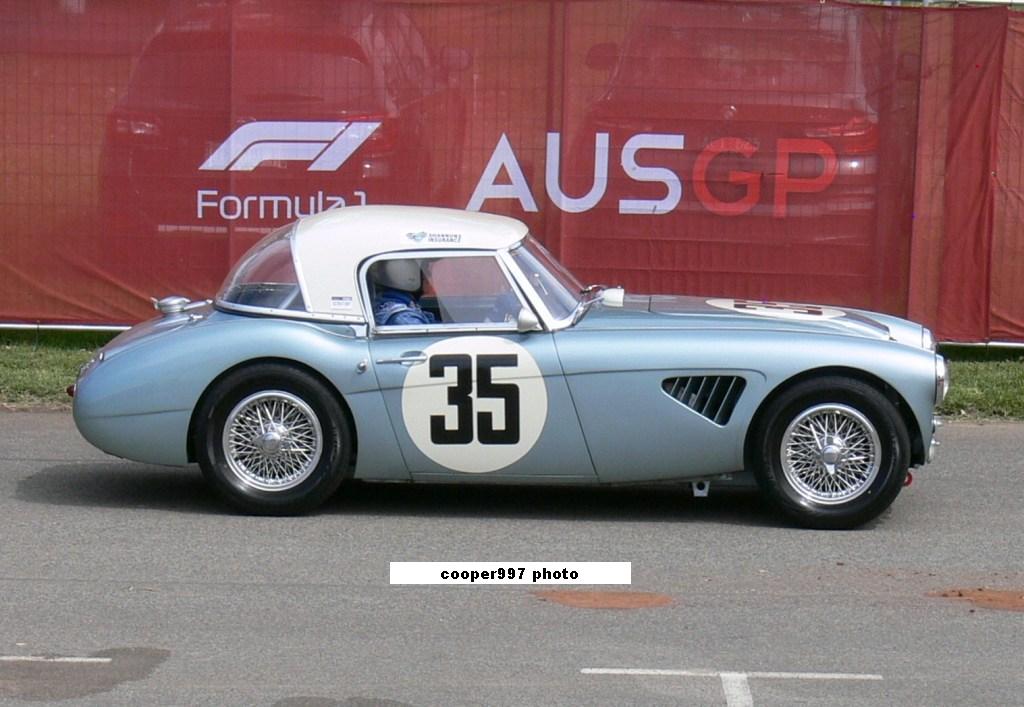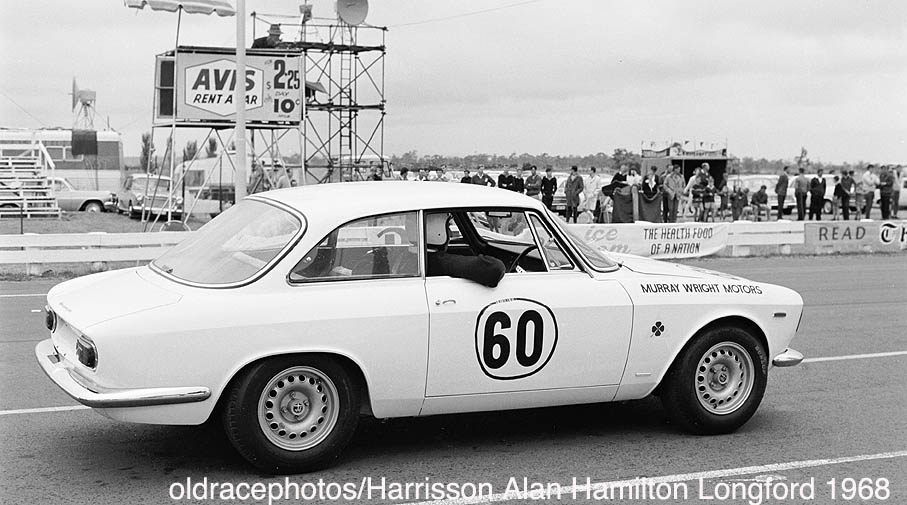I woke up this morning to see the regular email feed that comes through from Vintage Motorsport magazine (USA) has a story from Ernie Nagamatsu.
Ernie will be quite well known for his enjoyment of Historic/Vintage events around the glode - often with Old Yeller. Well for Phillip Island this year he sent his 356 Down Under and then onwards to Albert Park. And just like Old Yeller at PI a couple of years ago, he had some hassles with the Porsche. The photo below is Ernie lined up on ill-fated Friday morning Shannons Historic Demo (with Jordan Lamanna's 356 ahead of him) as everyone awaits the signal to head towards Turn 15.
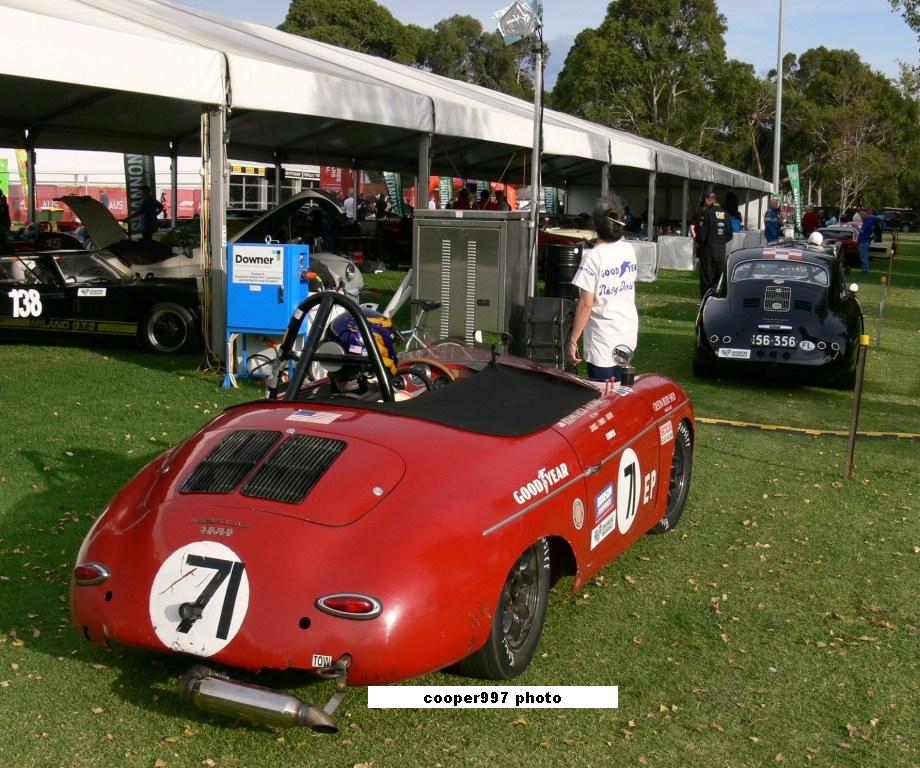
I couldn't spot Ernie's story on the http://vintagemotorsport.com/ homepage, so what follows is copied from the email.
Stephen
First-Person Report: A Stand Down in Albert Park
One of the most coveted invitations in Historic Motorsports Racing in Australia is to participate in the Australia F1 Grand Prix Historic Support Race. There were 60 historic race cars selected and invited to race on the Albert Park F1 race circuit this year. The Historic Support Race was scheduled over the March 12-15 weekend of the huge F1 season opener race in Melbourne.
Shannon’s Insurance provided the sponsor support with tents for the historic race cars. It was the 25th anniversary for the Australia F1 GP and the excitement was rising. This race followed the great Phillip Island Classic Historic race that took place March 5-8 with more than 500 cars entered in five weekend races.
There was a big speed differential among the historic race cars, with the blindingly fast four McLarens, Porsche 956C, Williams FW07 and the legendary Teddy Yip Theodore Racing F-5000. There were two rare Maserati 250F race cars along with several Brabham BT 21s looking comfortable in their Motherland. The statue of former World Champion and Australian Sir Jack Brabham stood as a sentry over it all.
The specially-constructed F1 circuit within Albert Park is challenging, especially through the shaded tree section. Turn 1 is a tight kink and one realizes and respects the skills of the current F1 drivers, as for them it is a flick-flick through the turn. The curved section along the lake was a brilliant sight. With the good spacing, drivers could test limits of their cars and abilities in a responsible manner. The drivers meeting was essential for the spirited racing emphasizing extra respect for each other.
The Thursday race started with a pace lap behind the Porsche pace car with the high-speed cars gridded at the front. At Turn 15, the last kink to the straight, driving our 1958 Porsche 356 Speedster, the engine quit. The flywheel had failed and the Mark Johnson shop did an “all-nighter” and replaced the engine with our spare.
Friday brought more confusion, as the shifting sands of F1, FIA and the Australia government were dealing with the ongoing threat of the COVID-19 pandemic and decisions seemed to change hour by hour. Race fans were in long queues at the gates while we were inside the paddocks awaiting instructions from Race Control. We were told that the event was on.
The Speedster arrived back just as the grid was lining up and I jumped in. Drivers and cars assembled in a grid lineup and we all were helmeted/suited up and ready to race in the morning. All drivers were then told that there were delays for our session. We waited over an hour and finally an announcement came that the entire Australia F1 Grand Prix was to be canceled immediately.
We experienced firsthand the wave of the abrupt and harsh effect of COVID-19 for sports and, in our case, motorsports. The bigger picture was safety for all and the historic drivers were not upset and considered the support race here as a “DNF.” Everyone packed up. It was such a ghostly and eerie sensation, like an apocalyptic movie scene, to walk through the giant F1 venue with everything stopped in its tracks. Though there were splashes of bright color, no movement was in sight apart from a few people packing up.
By Dr. Ernest Nagamatsu





